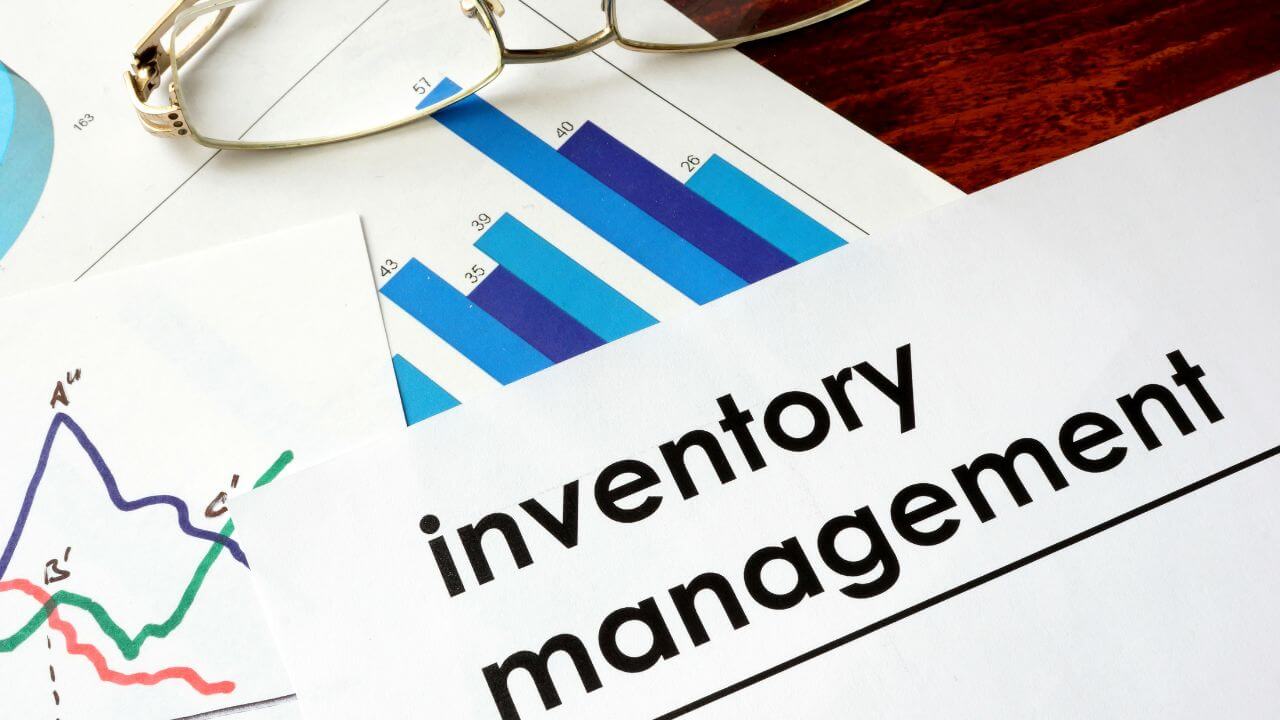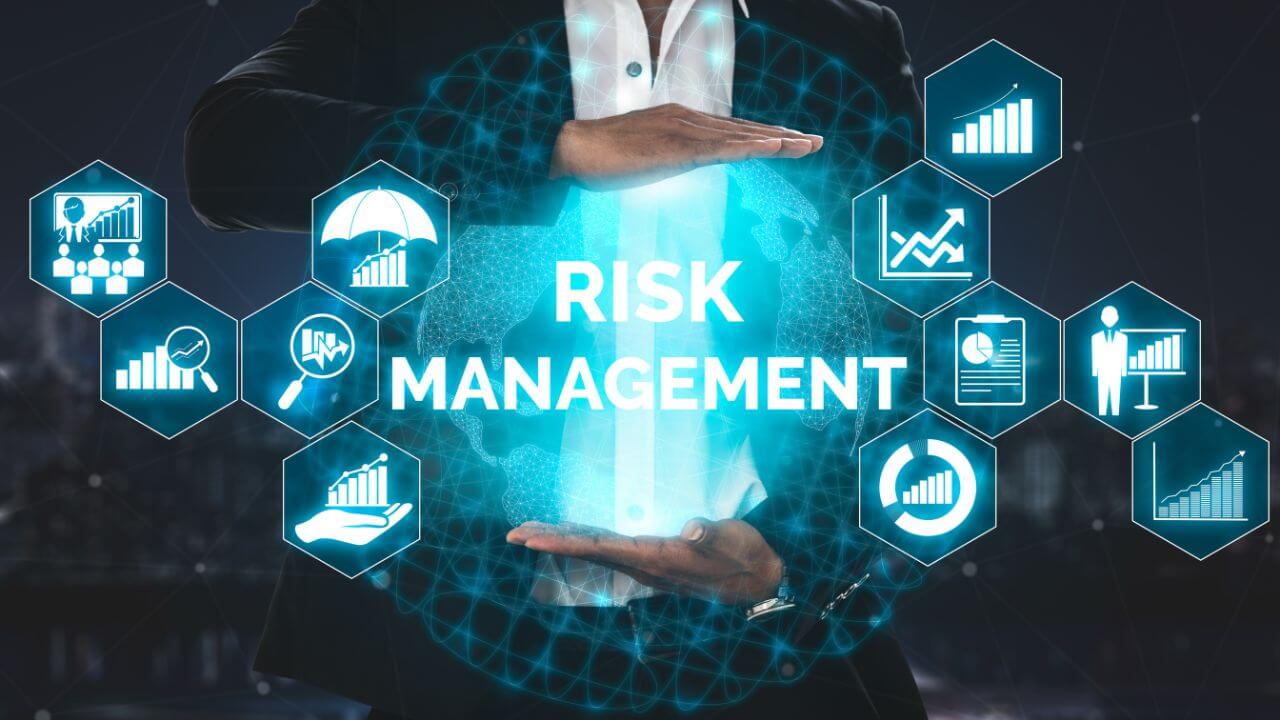
AI Risk Management: What Most Leaders Overlook
By CyVent Team
In every enterprise boardroom, AI is being positioned as a game-changer.
Faster decisions. Reduced costs. Streamlined operations. The upside is clear. The risks? Less so.
If you’re responsible for IT, security, or data - you’ve likely heard about AI security risks, shadow AI usage, or hallucinations. But those are symptoms.
The real threat is what’s happening behind the scenes: a silent erosion of trust, oversight, and governance. And it’s happening faster than most organizations can respond.
The real blind spot isn’t technical. It’s cultural.

AI is already making decisions that shape customer experiences, partner relationships, and brand perception. In many organizations, AI-driven decision making and the underlying decision making processes are not fully understood or documented, leading to gaps in oversight.
But here’s the problem: most organizations don’t actually know where or how those decisions are happening.
Why?
Because AI adoption is often bottom-up - driven by individual teams, tools, and vendors. That creates a false sense of control.
Even with AI policies or security controls in place, most leadership teams lack visibility into:
Which systems are making autonomous decisions
Who is ultimately accountable for outcomes
Whether those outcomes align with the company’s risk appetite
This is where traditional risk management breaks down. Managing risk in the context of AI requires improved visibility and structured decision making processes to ensure responsible deployment and oversight.
And it’s why boards and C-level executives must shift from policy oversight to cultural governance.
AI isn’t just a tool - it’s a trust engine

Too many AI strategies treat artificial intelligence like any other software: a tool that automates, accelerates, or augments human effort.
But AI isn’t just executing tasks. It’s making judgment calls - sometimes based on data you haven’t vetted, assumptions you don’t control, or logic you didn’t write.
That makes AI a trust engine.
You’re not just using AI. You’re trusting it to act on your behalf - and speak in your name.
And if those decisions go unmonitored, unexplainable, or unaccountable? The result isn’t just operational risk. It’s reputational damage. Compliance exposure. Lost customer confidence.
Explainability, transparency, and governance aren’t optional anymore. They’re core components of AI risk management - especially as regulatory pressure increases. To maintain transparency, organizations should establish clear, documented guidelines and use interpretability techniques throughout AI development and deployment.
What most AI governance strategies miss

Most enterprise AI strategies cover the basics:
Where can we use AI?
What’s the ROI?
Who owns which tools?
But they often miss the strategic questions:
What decisions are being delegated to AI?
Who is responsible when something goes wrong?
What’s our threshold for explainability and reversibility?
What controls are in place to prevent misuse or bias?
Effective AI governance requires robust bias detection to identify and mitigate algorithmic bias, ensuring fairness and transparency. Special attention should be given to machine learning models, as they are central to risk management, bias, and explainability concerns.
Without clear answers, organizations risk building AI systems that are fast, powerful - and entirely unaccountable.
That’s not innovation. That’s liability.
Data Security and Protection: The Overlooked Foundation

When it comes to artificial intelligence, data security and protection are not just technical requirements - they are the bedrock of a trustworthy AI system. Every AI model relies on vast amounts of training data, often including sensitive data that, if mishandled, can expose organizations to significant risks. Ensuring the accuracy, completeness, and integrity of this data is essential for building reliable AI systems and maintaining a strong security posture.
Organizations must implement robust security measures to safeguard data at every stage of the AI lifecycle. This means protecting sensitive data from unauthorized access, manipulation, or leaks, and continuously monitoring for potential breaches. Adhering to data protection regulations, such as GDPR, is not only a legal obligation but also a critical step in maintaining transparency and building trust with customers and stakeholders.
By prioritizing data security and protection, organizations can mitigate AI-related risks, prevent costly incidents, and reinforce the overall security posture of their AI systems. In the rapidly evolving world of artificial intelligence, a secure foundation is the only way to ensure that AI delivers on its promise, without compromising the integrity of your data or your reputation.
Generative AI: Security risk hiding in plain sight

Generative AI has accelerated both the benefits and the risks of AI adoption.
While these systems can improve productivity and personalization, they also introduce unique cybersecurity threats:
Automatically generated phishing content
Deepfakes used in fraud or impersonation
Sensitive data exposure via prompt injection
Unverifiable decision logic at scale
Generative AI can also be used to launch sophisticated phishing campaigns, requiring organizations to adapt their defenses to detect and prevent these evolving threats.
Unlike traditional tools, generative AI produces new content - and new risk - on the fly. And it often does so faster than security teams can respond. The use of anomaly detection is critical for identifying unusual behaviors and new vulnerabilities that generative AI introduces. Additionally, generative AI leverages vast datasets to generate content, which impacts risk management by increasing the complexity and scale of potential threats.
If your AI risk strategy doesn’t address these emerging threats, you may already be behind. Testing and securing generative AI systems against known vulnerabilities is essential to strengthen your defenses.
AI Asset Inventory and Management: Knowing What You Own

You can’t manage what you don’t know you have. As organizations deploy more AI tools, large language models, and generative AI applications, keeping track of every AI asset becomes a critical part of risk management. A comprehensive inventory of all AI systems, technologies, and models is essential for understanding your organization’s true AI capabilities - and the potential risks that come with them.
Effective AI asset management enables organizations to assess their overall security posture, identify key risks, and develop targeted mitigation strategies. By monitoring AI systems for unusual patterns or anomalies, security teams can detect potential threats early and respond before they escalate. This proactive approach also supports compliance with regulatory requirements and ensures that AI applications are aligned with business objectives.
Ultimately, knowing what AI assets you own empowers your organization to make informed decisions, allocate resources wisely, and maintain control over the expanding landscape of AI technologies. It’s a foundational step toward building a secure, resilient, and future-ready AI environment.
Building a Real-World AI Risk Management Framework

A real-world AI risk management framework goes beyond checklists and theoretical models - it’s about building a living system that adapts to the unique challenges of artificial intelligence. This starts with a thorough risk assessment to identify potential risks such as prompt injection attacks, data poisoning, and other emerging threats that can compromise AI outcomes.
Mitigation strategies must be tailored to the specific vulnerabilities of your AI systems. This includes regular testing and evaluation of AI models, as well as penetration testing to uncover potential vulnerabilities before malicious actors can exploit them. Ethical guidelines should be established to ensure that AI processes remain transparent, explainable, and fair, reducing the risk of bias and unintended consequences.
Human intervention remains a critical safeguard. By empowering security teams and decision-makers to oversee AI processes, organizations can detect unknown threats and respond quickly to anomalies. Allocating sufficient resources - both in terms of talent and technology - is essential for maintaining a secure AI system. Board members and senior executives should be actively engaged, ensuring that AI risk management is a strategic priority, not an afterthought.
By adopting a proactive, adaptive approach to AI risk management, organizations can protect sensitive information, maintain the integrity of their AI outcomes, and realize the full benefits of artificial intelligence - securely and responsibly.
What leaders need to do differently

To manage AI risk effectively, C-level leaders need to move beyond compliance checklists.
Here’s where to start:
Shift from tool evaluation to trust evaluation. Ask: what decisions is the AI making - and do we agree with those decisions?
Map decision accountability. Every AI system should have a human owner responsible for monitoring, explaining, and correcting outcomes.
Treat AI as a cultural transformation, not just a technical upgrade. Train teams to question, challenge, and understand AI - not just use it.
Govern the entire AI lifecycle. From development to deployment to decommissioning, your AI governance framework should cover it all. Ensure that all AI products are designed and deployed securely, with special attention to protecting confidential information and maintaining compliance.
AI risk management should address the unique challenges of business applications, including the integration of AI into predictive analytics, customer service, and automation. Automating routine tasks with AI can improve efficiency, but requires strong oversight to prevent unintended consequences.
Optimize resource allocation by leveraging advanced AI tools to automate threat detection and response. Implement monitoring systems to maintain oversight, detect vulnerabilities, and ensure data integrity throughout the AI lifecycle.
The benefit of robust AI risk management is streamlined processes, enhanced knowledge sharing, and secure, responsible AI development that maximizes value for all stakeholders.
Because at the end of the day, AI will amplify whatever culture you already have.
If your organization lacks accountability, AI will accelerate the chaos. If you lead with clarity, trust, and governance, AI can become your greatest asset.
Final Thoughts
AI isn’t just about automation or scale. It’s about trust.
And trust, ultimately, is a leadership decision.
Ready to pressure-test your AI governance strategy?
At CyVent, we work with CISOs and senior leaders to assess hidden risks, align AI adoption with governance frameworks, and build responsible AI practices that scale.
→ Book a private advisory session to audit your current approach and close critical gaps - before they turn into headlines.


